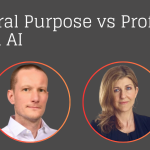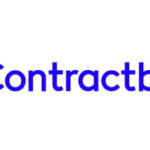News that France has banned the publication of statistical information about judges’ decisions shocked the legal industry this month. Punishable by a maximum five-year prison sentence, the French legislature is cracking down on litigation analytics in the first ban of its type anywhere in the world.
The new law, known as Article 33 of the Justice Reform Act, is aimed squarely at legaltech companies focused on revealing the pattern of judges’ behaviour in relation to court decisions. “The identity data of magistrates and members of the judiciary cannot be reused with the purpose or effect of evaluating, analysing, comparing or predicting their actual or alleged professional practices,” the law states.
It is understood that the law has been introduced as a middle ground amidst growing demands, in France, for judges’ names to be removed from the online publication of decisions altogether. A compromise it may be, but it is nonetheless a startling reminder of regulatory risk for the burgeoning data analytics sector.
The litigation analytics companies we spoke to, however, appear remarkably sanguine about the implications of the new French law. “It is only one market and only one component of litigation analytics,” said Edward Bird, chief revenue officer at Solomonic. “We have seen no sign that this will be enacted in other markets. We are therefore doubtful of it occurring elsewhere at this time. Furthermore, currently we have no data on the French judiciary and have had no plans to include it.”
Christina Blacklaws, president of the Law Society of England & Wales, meanwhile, is under no illusion as to the importance of maintaining judicial transparency. “Transparency is key to dispensing justice effectively,” she told Legal IT Insider. “Judgments should always be publicly available and easily accessible. The use of technology to analyse case law and scrutinise decisions has become widespread in both academia and private practice. In England and Wales it contributes to the development of a jurisprudence which is deeply rooted in real life and can take context into account.”
Blacklaws added that any regulation of litigation analytics would, in any case, be difficult to put into practice. “The use of predictive analytics in litigation has become more common in the past few years. Its regulation is a matter of domestic law. However, policing data analytics and patterns will be challenging to enforce.”
This article first appeared in the June Orange Rag – to sign up for your free monthly copy click HERE: https://legaltechnology.com//latest-newsletter/








